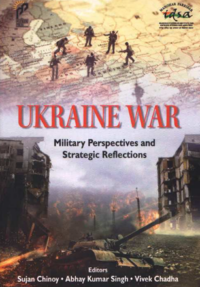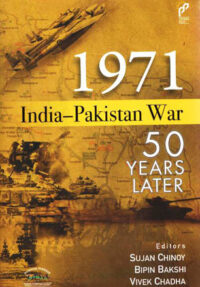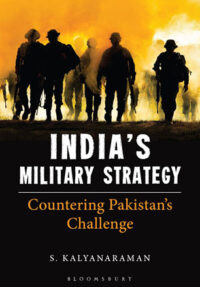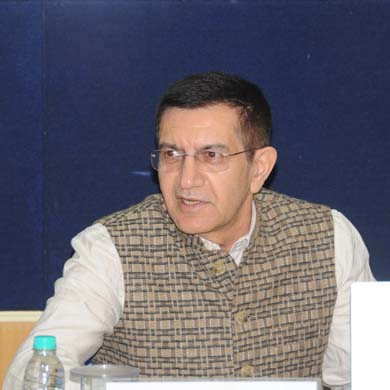COMBAT AVIATION: Flight Path 1968-2018
Combat aircraft, a powerful component of military strength, define the battle space today. In the last five decades, world combat aircraft inventory, after peaking in 1988, gradually declined owing to changes in the geopolitical landscape, altering character of war, evolving technology and emerging alternatives. Today, there are 106 countries in the world that own and operate around 80 types of approximately 18,000 combat aircraft. But, there are only 19 countries that have more than 200 combat aircraft in their inventories. In this book, the available data of the world’s combat aircraft inventory is analysed for the trends and probable reasons for changes in the holdings, before predicting the future trajectory of manned combat aircraft. Additionally, the role of combat aircraft and their interplay with various tenets of Indian air power capability and the likely future is discussed.
- ISBN: 9789389137446 ,
- Price: ₹.1280/-
- E-copy available
Defence Reforms: A National Imperative
- Publisher: Pentagon Press
Despite being faced with myriad and complex challenges to national security, India's defence structures have not kept pace with changing times. The defence reforms that were undertaken periodically were reactive in nature and, in many cases, responses to crises as well as being sporadic, piecemeal and often ad hoc. The most recent review of security challenges undertaken occurred close to two decades ago, in the aftermath of the Kargil conflict of 1999.
- ISBN: 978-93-86618-34-4,
- Price: ₹.995/- $32.95/-
- E-copy available
Hybrid Warfare: The Changing Character of Conflict
- Publisher: Pentagon Press
A scan of recent conflicts indicates blurring lines between war and peace, state and non-state, regular and irregular and conventional and unconventional. The prevailing security environment is radically different from what it was even a decade ago. The probability of conventional conflict between states or groups of states has been steadily declining while, at the same time, sub-conventional conflict is gaining prominence. These small wars, or niggling wars as some have called it, have also been called hybrid, non-linear, gray zone, unrestricted and a plethora of such names. The ontological and epistemological enquiry of these terms is essential to understand if they allude to the same phenomenon through different frames. Are they the convention or an aberration? The book tries to fill this crucial research gap related to the changing character of conflicts in the strategic discourse in India.
- ISBN: 978-93-86618-35-1,
- Price: ₹.995/- $32.95/-
- E-copy available
Status Of Jointness In Indian Security Apparatus
Jointness and integration of the military is an inevitable requirement for the modern-day battlefield. The principles underlying these features are inter-service cooperation and economy of effort, both of which are crucial to war fighting. The lack of jointness and integration in the Indian armed forces received an impetus post Kargil. The Kargil Review Committee and Group of Ministers on National Security highlighted the pitfalls in the existing system and made a number of recommendations.
Human Resource Management in the Armed Forces
Human Resource Management (HRM) in the Armed Forces is a vital issue because its strength has always been the soldier. This monograph analyses the challenges of HRM in the Armed Forces with specific focus on transition of soldiers to a second career, as service personal retire at a comparatively young age when their personal responsibilities are at the peak.












